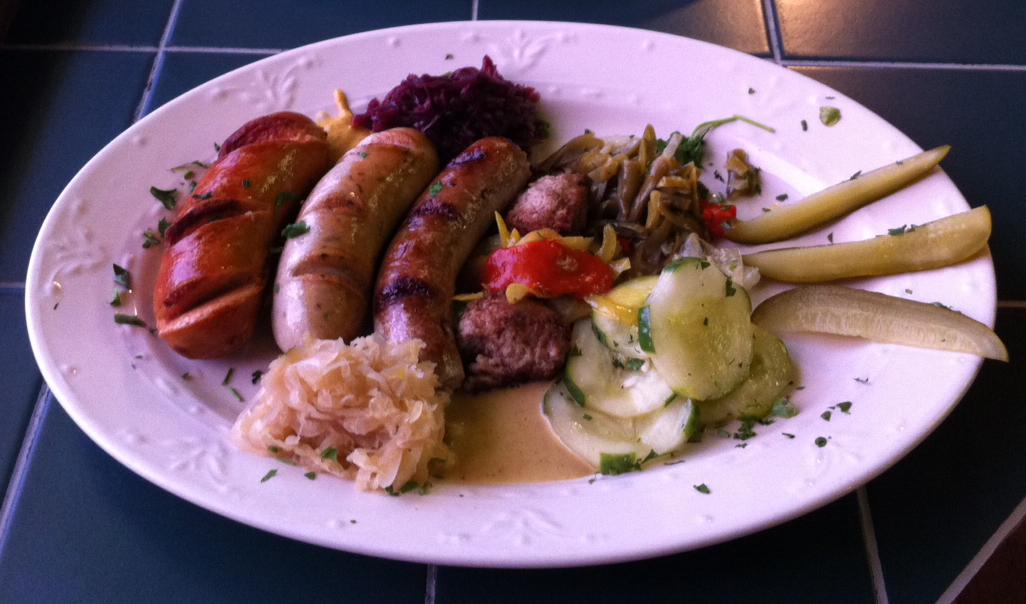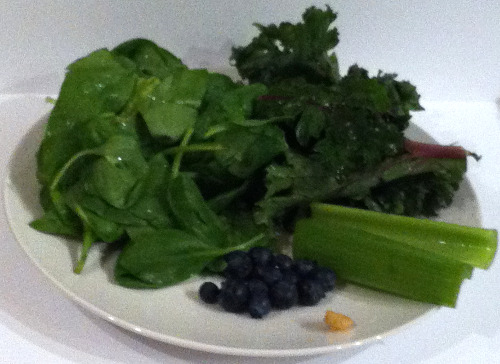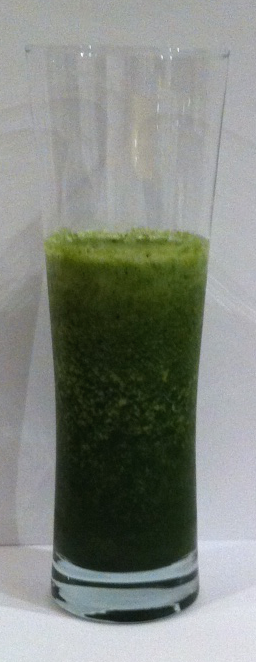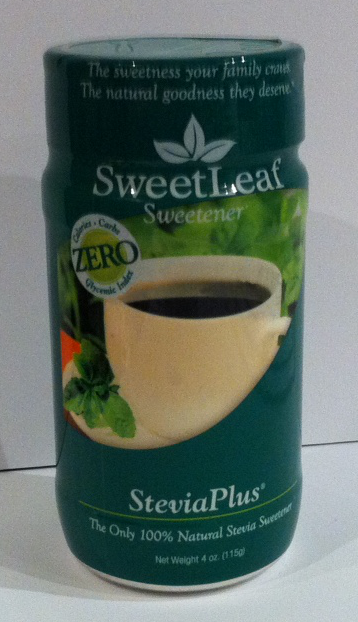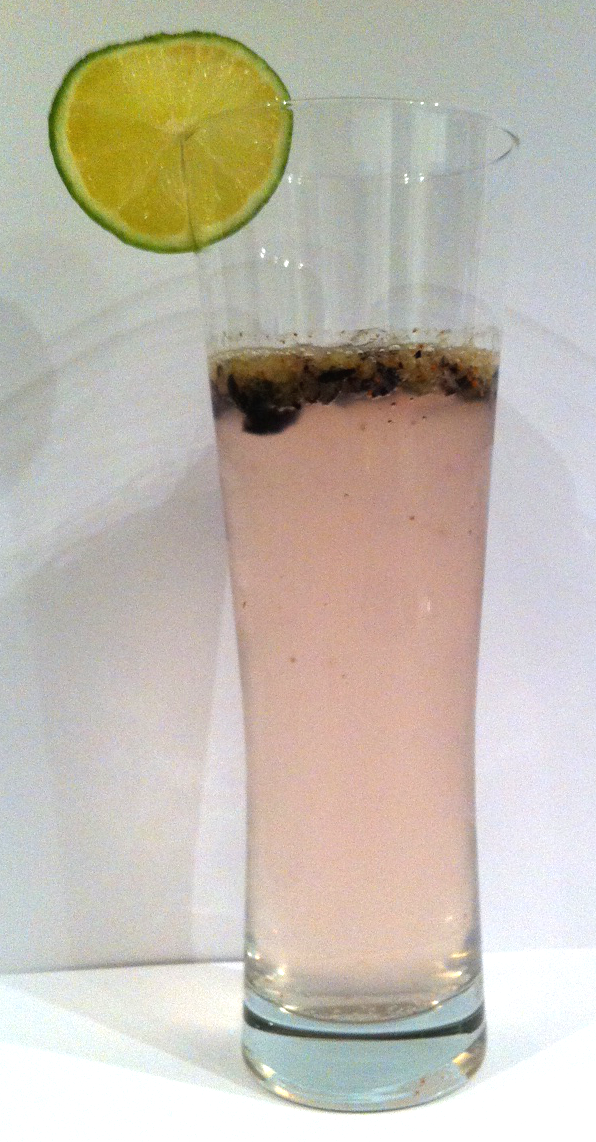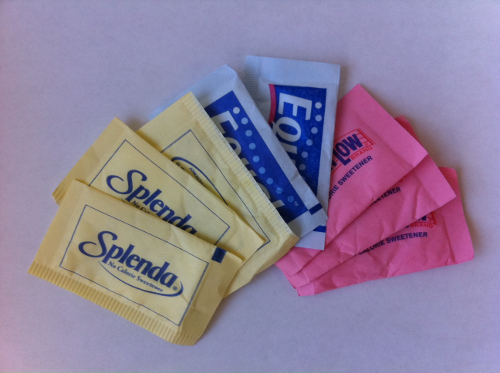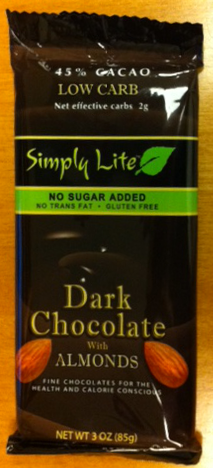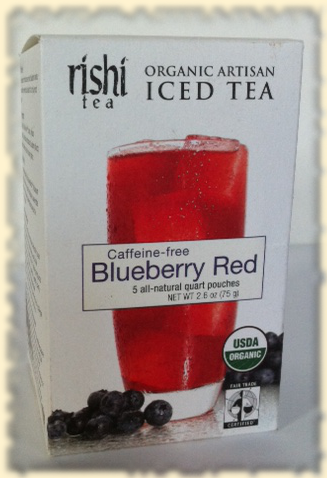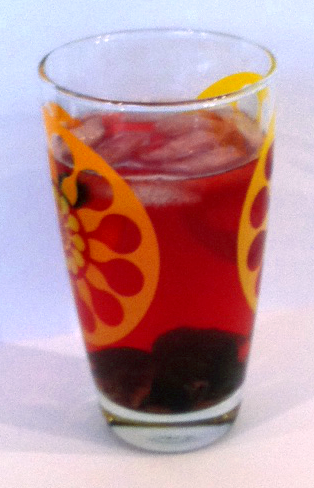Willkommen to the Land of Wurst
I first found Hallo Berlin when I was procrastinating during the bar exam (a law thing, not a alcohol thing!). I was trying to find a bar close to the Javits Center (where the exam was being held) that would be suitable for a post exam celebration. The place is very German – it’s set up like a German beer garden complete with its own mini outdoor drinking garden. However, what started as a foray into delicious German beer (back in the days when beer was on my diet) became a relationship built on proximity, abundance of tables, and most importantly good ol’ Wurst (German sausages).
Although you can order individual sausages (see menu below), what I love the most is the Dr. Atkins Diet Platter (don’t you just love the fact that they created something especially for low-carb dieters so you don’t have to hunt around on the menu?). And this is all for $19, which is sadly pretty good for New York standards especially when you can eat everything on the plate! As you can see in the photo above, the plate comes with 3 sausages (veal, beef, and pork), a few meatballs, and some very tasty veggies (I think they are all pickled). Oh, and I mustn’t forget the mustards. The plate comes with 2 amazing mustards (a very low carb friendly condiment!). So, the only real downside to the restaurant is the temptation to stray and order one of their many imported beers.
Btw: Hallo Berlin also has a food cart, but unfortunately, they don’t do the Atkins Plate.
Veggie in the Belly
Although I don’t have a strong aversion to vegetables, I’m also not one of those people who can just magically chomp down vegetables like a rabbit. My way of getting all those healthy raw vegetables is to make it into a shake! It’s so simple. I stick everything you see on that plate, a few ice-cubes, and a touch of water or iced tea all into the blender and hit blend. Voila! 10 seconds later, I have a perfectly green and delicious shake. The exact recipe follows after the picture.
Ingredients:
- 10-15 blueberries
- 2 red kale leaves (without the thick stalk at the end)
- 2 handfuls (approx. 2-3oz) of spinach leaves
- 2 3inch celery sticks
- Tiny knob of ginger (approx. 1/4inch by 1/4inch)
- 3oz of water or blueberry iced tea
- Handful of ice-cubes
Place all the ingredients into the blender and blend well. You might have to gently shake the blender a bit for the veggies to shift down and become blended. Alternatively, stop the blender and push the remaining veggies down with a spoon. You can also add in a scoop of protein powder for an extra nutritious shake.
I know the shake doesn’t look all that appetizing because it’s green, but honestly, what did you expect? I did add in a bunch of green vegetables!
Is the Stevia Sweetener the New Sugar?
You know how I said I’d try liquid Splenda? Well, I am going to, but I tried the Stevia sweetener first (mostly because their website told me where I can buy it in Manhattan). Although Stevia sounds like someone’s name (maybe an Aussie female version of Steve *see explanation below for joke), it’s actually a natural, 0 calorie, and 0 carb sweetener! Like liquid Splenda, the Stevia sweetener exhibits none of the bad insulin responses that can cause illnesses or obesity (studies so far are very positive about the Stevia sweetener, although the studies are inconclusive, like most studies in this area). However, unlike Splenda, which is made by chemically altering sugar, Stevia is natural (extracted from stevia plants). Of course, natural doesn’t always equate to good – after all, many poisons are also very natural! But, Stevia has been used with no ill effects in Japan for the past 40 years – that’s something, right? The other positives are that it comes in both liquid and powdered forms and reviews claim it has no bitterness or weird aftertaste.
The Verdict?
Taste: it tastes sweet, but definitely not like sugar. I’ve tried it in hot chocolate and tea, and it’s just not the same. When you put the pure substance on your tongue, it definitely stimulates a huge sweet taste, but it still tastes like an artificial sweetener. When I tried making hot chocolate using melted Baker’s chocolate, hot coconut milk, and Stevia, it ended up tasting like the Swiss Miss Diet Hot Chocolate i.e., low in calories but also low in taste! That said, both the hot chocolate and the tea (made with PG Tips, coconut milk, and Stevia – see photo) were drinkable!
Smell: (Aside: I really don’t go around sniffing white powders). This one doesn’t smell like much as a powder, but when you add it to some warm water, there’s a really strong cooked prune smell (don’t ask me how I know what a cooked prune smells like!).
In desserts: This is the category that I care the most about – does it make better tasting desserts? I’ve tried multiple times to add Stevia sweetener into my chocolate almond praline recipe with no success. Instead of alleviating the bitterness of the chocolate, it accentuates it and leaves a long-lasting fake sugar aftertaste in my mouth (not pleasant!). I’ve tried adding it in various amounts – 1/4 of a teaspoon is too little to notice, and 3/4 of a teaspoon is way way way too much (shudderingly disgusting)! I thought 1/2 a teaspoon would be just the right amount, but it still did not taste right. I tried adding in cream, coconut milk, and coconut oil all to no avail.
Conclusion: Although it’s passable in a hot drink, it does not seem to do too well when it comes to desserts. And since desserts are what I crave, I’m going to have give Stevia the thumbs down! And so the search for the perfect sweetener continues…
*Aussies love shortening their words and adding an “ee” sound to the end of it…think brekkie (breakfast), Tassie (Tasmanian devil), and Aussie (Australian). So in Australian English, Steve would become Stevie and Stevia would be the female version of the name. Ok, this joke has lost all of its humor in this explanation. Just smile and move on!
Sipping in the Sun
It’s the summer, I’m hot, and I’m thirsty. So here’s the perfect low-carb drink to have when you’re lazing in the sun.
Ingredients:
- 15 blueberries, or 3 strawberries, or 6 raspberries
- 500ml (or 17oz) seltzer water (make sure you get something that’s just carbonated water i.e. not tonic water or anything else with sweeteners or calories)
- Quarter of a lime
Cut up the blueberries or other berries into reasonably small pieces (you probably only have to halve the blueberries). Place the berries into a blue and crush with a fork or spoon. Pour crushed berries along with their juice into a glass. Squeeze in juice from a quarter of a lime. Top with seltzer water. Stir and enjoy!
The Healthy Alcoholic
A drink anyone? I love wine, and I love cocktails, and most of all, I love Pimms and lemonade (it’s a British thing, best enjoyed while lazing in a boat being rowed by someone else). Like most professionals in this city, alcohol seems to be a necessary part of every friday evening (well, and saturday evenings, and various other evenings, but shhhhh). But the carb content in wines and cocktails is so high that being on the diet was seriously disturbing my weekend activities, not to mention my wine blog! So what can I drink on a low carb diet? Pretty much all diets tell you to not drink any alcohol, but those are pretty hard diets to stick with! Luckily, there are alcohols that are low in carb and even carbless!
Wines: Wine calories are pretty high (and since wine pretty much always has some residual sugar, they have carbs). A dessert wine or a sweet riesling is high in calories and in carbs (approx. 150 calories and 16g of carbs for a 4oz serving). That definitely makes me think twice about opening all those bottles of riesling clogging up my fridge! But a 4oz glass (a stingy pouring) of red or white wine has around 100 calories and 2-3g of carbs. So a small glass is maybe doable a few times a week.
Champagne: If you’re just looking to hold a pretty glass and look like you’re drinking, then champagne or one of the other bubbly alternatives (e.g. brut or prosecco) is the way to go! A glass of bubbly has 85 calories and 1.2g of carbs (for a 4oz serving). But what do you expect? You are after all mostly ingesting air!
Beer: I guess the beer belly thing sort of gives this one away. A bottle of Bud Light has 110 calories and 6.58g of carbs. A regular Bud is 146 calories and 10.6g of carbs. I think this is definitely the avoid at all cost option (along with all cocktails).
And the winner is…HARD LIQUOR! Who would have thought that all those shots you drank last night was actually healthy! Distilled alcohols like gin, rum, whiskey, and vodka are all carbless. Yep, a shot of any of them contains 97 calories and 0 carbs. And who says you can’t have fun on a diet! The reason why there are no carbs is because it’s pure alcohol, which is not technically considered carbs.
Caveat: some sources say even pure alcohol can cause an insulin response, which is why diets discourage you from drinking any of that stuff. But let’s just pretend I didn’t read about that part for a while. 🙂
Sweet Chocolate Praline
I cheated on my diet last Thursday – I just couldn’t keep it up any longer! I had scones, cake, cupcakes, pear cider, and donuts all in 6 hours! It was quite impressive, and I was actually amazed by how I didn’t feel too horrific the next day. But since Thursday, my sugar and cake cravings have definitely been awakened. I actually spent a night dreaming about eating two-bite brownies (you can get them at Costcos and Wholefoods as well as various other stores). I remember just eating them one after another, two bites per brownie! This has spurred me to make more chocolate, and this time, sweeter chocolate. So, here’s a quick and simple modification to the chocolate almond dessert recipe: switch one piece of the Baker’s unsweetened baking chocolate for a piece of the same size of 75% chocolate or just use 85% chocolate for the whole thing. Watch this space for my next chocolate modification…the addition of Splenda. Some dieters discourage it still, but the health effects appear to be very minimal – read my post about artificial sweeteners for more info.
A Sweet Lunch With Sweeteners
It’s amazing what you can learn over lunch! As I sat at Gordon Ramsey’s Maze restaurant in New York for lunch last week, our table’s conversation turned to artificial sweeteners and their effect on low-carb diets. (This was while I chomped on my carb free rib eye steak!) I had been under the impression that artificial sweeteners were bad in the same way that sugars were bad. I had recently researched into malitol (read my low carb chocolate post for more on malitol), which is a sugar alcohol frequently used in low-carb or sugar-free chocolates, and had found malitol to be poor sugar substitute for those on a low-carb diet. I had unfortunately jumped to the conclusion that basically anything sweet-tasting would be just as bad!
As I propounded my “all sweet tasting substitutes are awful for a low-carb diet” theory, one person at lunch corrected me by explaining that Splenda is actually not digested by our body and therefore would probably not cause the same insulin responses as normal sugar. This sounded wonderful, and I hopped onto the internet as soon as I could after lunch to discover the truths behind artificial sweeteners!
I remained very skeptical during my perusing of internet sites until I read Mark Sisson’s post on artificial sweeteners. Having been a physicist in an earlier life, scientific studies sway me way more than even the opinions of well-established nutritionist. The general scientific consensus definitely seems to be that Splenda does not produce spikes in your blood sugar (see my post on blood sugar levels versus insulin levels to understand this concept a bit better), but there are still some problems, which luckily can be overcome:
- If you consume Splenda on an empty stomach, your body may still produce insulin even though Splenda is not absorbed into your bloodstream. How does that happen? As soon as you put anything that tastes like sugar into your mouth, the taste buds on your tongue tells your body to start producing insulin immediately in anticipation of the rise in your blood sugar levels. Evolutionarily-speaking, this mechanism is great, because it allows your body to quickly respond to increases in your blood sugar level to prevent too much of a spike, which can be very dangerous (hence why diabetics who produce no insulin to regulate their blood sugar levels would die if they didn’t take insulin before eating dessert!).
- Most Splenda you find sold in supermarkets or at available at your coffee shop is mixed with a bulking agent (commonly dextrose), which does produce an insulin response in your body. Therefore, it’s best to use pure Splenda, which you can purchase online in a liquid form.
So bottom line? You can use pure Splenda (not the white powdery stuff you get usually) on a low carb diet if you consume the food that contains Splenda with a low-carb meal. Well, that’s pretty positive right? It certainly sounds like some more experimentation in my kitchen!
Sugar Me Up – Watch My Insulin Response!
Every time I try reading an article explaining the low carb diet and its benefits, I see the words InSuLiN and BlOoD sUgAr being thrown around, and my brain just starts to spin (didn’t I mention that I sucked at biology?). So, here’s my explanation of what these terms are and how they affect our diet and health.
When you consume carbohydrates or sugars (e.g. when you eat a cupcake), the carbohydrates or sugars are digested in your stomach and pass into your blood. This then raises your blood sugar levels. High blood sugar levels can be dangerous as they affect various other body functions, and so your body produces a hormone called insulin to lower your blood sugar level down to a healthy level.
Unfortunately, when you keep eating foods containing a lot of processed carbohydrates, such as pasta, bread, and cakes, your insulin level remains continuously high hour after hour, day after day. This then causes your body to not recognize insulin well (it’s like getting used to all the tourists in New York city, oh wait, it isn’t because it still bothers every New Yorker you ever meet!). Basically, your body gets so overwhelmed by the insulin that’s always around that it stops noticing it. And so your body produces even more insulin to compensate because it has to keep your blood sugar level down still. Type 2 diabetes occurs when your body pretty much stops recognizing insulin, which is why type 2 diabetics have to battle with high blood sugar levels continuously.
How does the low-carb diet help you lose weight then? Well, that’s also linked to your insulin levels (surprise!). Your body can only store fat in fat cells when you have insulin in your blood stream, and you (generally) only have insulin in your blood stream when you eat carbohydrates. So, if you’re eating a bagel for breakfast, a pizza for lunch, and a pasta with a chocolate cookie for dinner, then your body is going to have insulin from dawn til dusk, which is a heck of a long time to keep storing fat in fat cells.
Conclusion: don’t eat carbs if you want to lose weight.
Low Carb/Sugar Free Chocolate
For some reason, today I wanted CARBS! I forgot to bring any snacks to work, and by 3pm, I was starving and all I could think of was mouth-water desserts of all varieties, especially cup-cakes! I took a quick break and went over to the Health Nuts store (64th and 2nd ave, New York) and picked up a low carb chocolate. The chocolate was called Simply Lite – Dark Chocolate with Almonds, which you can also buy from Amazon.com.
The packaging looked great (not just in terms of the design but also in terms of the nutrition). Just under one-third of the chocolate bar had 2g net effective carbs. The serving size is 25g and there’s 3.5 servings in the entire bar. There’s 110 calories per serving with 13g of carbs (2g of dietary fiber and 9g of maltitol).
There are various other “low carb” or “sugar free” chocolates, but they generally all replace real sugar with maltitol or an equivalent.
So of course, I consumed over half of the pack in one fell swoop. It has a very sweet nutty taste, although it was rather lacking in almonds (there were some very small pieces). The chocolate didn’t really melt in my mouth – it was kind of crunchy, and you have to chew on it – but, it did taste like chocolate, and after 3 weeks of no real desserts, it didn’t taste all that bad! The main problem with the chocolate was probably the 9g of maltitol. Maltitol is a sugar alcohol that is used in many low-carb desserts because maltitol doesn’t have to be reported as sugar in the nutritional information. The claims are that maltitol is absorbed more slowly than sugar, and therefore there’s less of an blood glucose spike. The chocolate packaging even recommended it to diabetics! I know this is very unscientific, but I definitely felt a little lethargic after eating such a large piece of the chocolate. I probably had around 4g net carbs (with 18g of maltitol). I definitely don’t think it was the equivalent of consuming 4g of carbs, but I also didn’t feel like I had just consumed over 20g of carbs! Beware, all the “low carb” or “sugar free” chocolates that I’ve seen (and I’ve looked at all the major brands) replace real sugar with maltitol or an equivalent. My verdict: I’m going to try and stay away from maltitol unless I’m super desperate, but it’s more because of the warning on the back of the packet: “Excess consumption may cause a laxative effect”!
Iced Tea
I don’t really like drinking water – it seems too flavorless to me. Before this diet, I would drink plenty of soda, vitamin waters, powerades, teas, and coffees. Well, all of the diet drinks are out because they have artificial sweeteners, (which cause similar insulin effects as real sugar) and I’m trying to cut down on caffeine as my stomach doctor tells me that caffeine can cause heartburn. So, I’m not left with very much sadly. Caffeine free iced tea has become my consolation. It’s really easy to make, and you can use just about any kind of tea, from black teas to green teas to herbal teas. There’s a lot of interesting tea flavors out there so there’s plenty of variety to keep me from getting bored with one taste. I just bought the Rishi Blueberry Red, which is a blend of rooibos, hibiscus, licorice root, and blueberries.
How to make iced tea:
- Boil some water in an electric kettle or on the stove (make sure the water actually boils). I use the Aroma AWK-115S electric kettle because it’s so easy. (I tend to forget about things on the stove, which then usually ends in a mini emergency with the fire alarm blaring away.)
- Pour the hot water into the tea pot with the tea bag (I use one of the Rishi tea bags with about 1.5 liters (or 50 oz.) of water. Then let it cool for a few hours before taking the tea bag out and pouring the tea into a jug to put into the fridge. Of course, you can take the tea bag out earlier if you want a weaker tea. You also don’t have to put it into a jug before putting into the fridge – I just prefer it as my jug is prettier!
- If you’re in a hurry to drink you iced tea, just put some ice cubes into a glass and pour the tea in.
To make it look even prettier, you can add some freshly crushed blueberries into the tea after it’s been refrigerated. Another favorite tea of mine is barley tea (they serve it in many korean restaurants). You can buy the Marubishi barley tea online at amazon.com or you can probably find it at your local oriental supermarket. Of course, you don’t have to make cold iced tea. You can also drink all of these teas hot!
